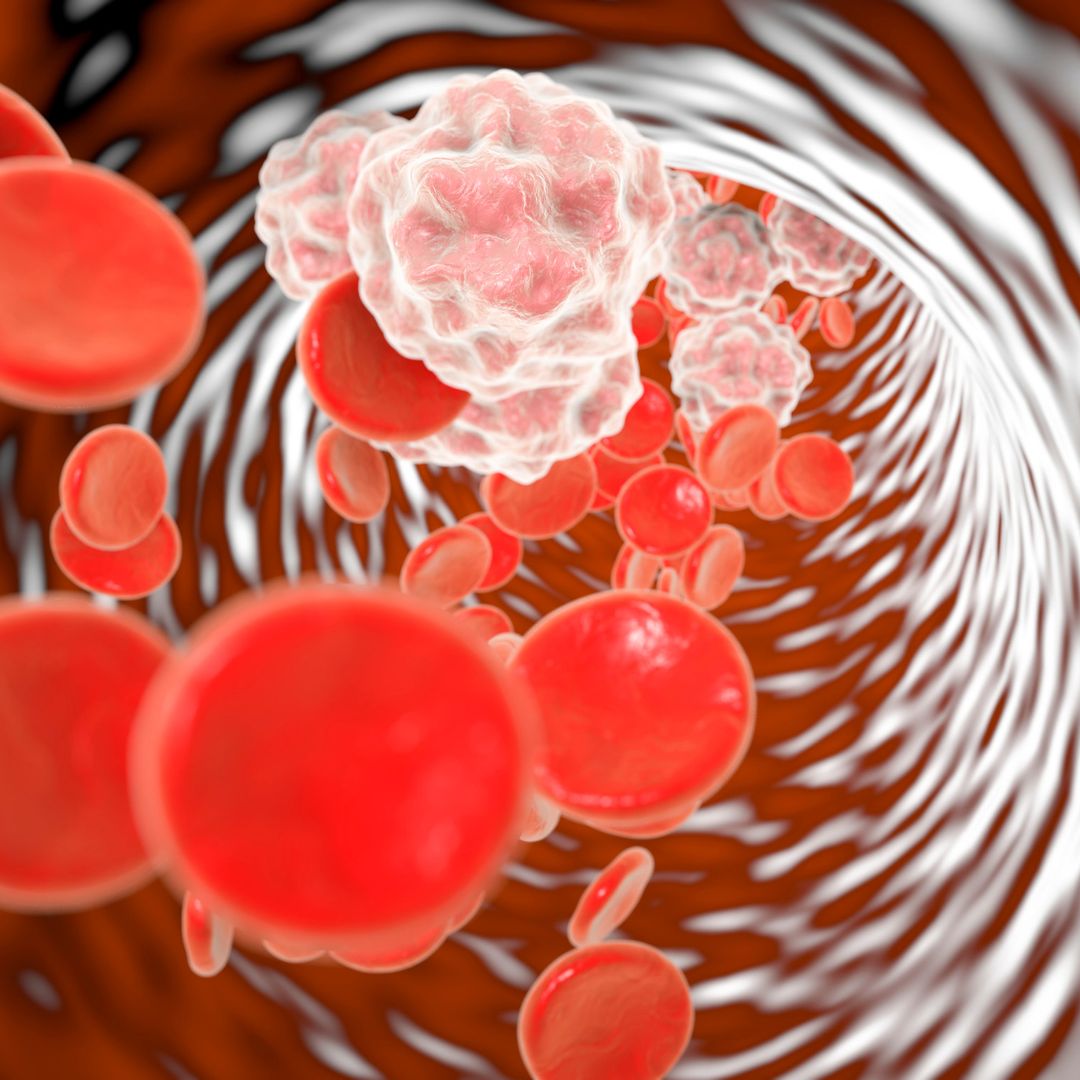If your body were a building, inflammation would be the fire alarm. When there’s real danger, it summons the emergency team (your immune system) to douse the flames and repair the damage. But if it goes off every time someone burns toast, it becomes a nuisance. Let’s explore what inflammation is, why it’s vital to your health, and when it might signal a problem.
And remember, we’re here to help. Call (03) 8360 8363 to book an appointment with the osteopaths at Altona Meadows Osteopathy for advice on managing inflammation and improving your wellbeing.
What is inflammation?
Inflammation is your body’s natural response to injury or infection. It’s a process designed to protect you by isolating harmful agents, such as bacteria or damaged tissue, and kickstarting the healing process. Think of it as your body’s red flag to rally the troops.
The process involves white blood cells (leukocytes), cytokines (chemical messengers), and blood vessels working together to contain the problem and prevent further damage.
How does inflammation benefit the body?
When inflammation works as it should, it’s a marvel of biology. There are two key types:
Acute inflammation: the first responder
Acute inflammation occurs quickly in response to injury. For example, if you sprain your ankle, the area becomes red, warm, swollen, and painful – classic signs. This increases blood flow, bringing oxygen, nutrients, and immune cells to fight infection and repair tissues. It’s short-lived and essential for healing.
Chronic inflammation: when the alarm won’t stop
While acute inflammation is beneficial, chronic inflammation is not. This occurs when the inflammatory response doesn’t switch off properly, leading to prolonged tissue damage and the breakdown of healthy cells and connective tissue. This happens because inflammatory cells, like macrophages, release enzymes and reactive oxygen species that can harm healthy tissue. The cytokines (which are chemical mediators) amplify the response, creating a cycle of oxidative stress and inflammation, which actually impairs tissue repair. Chronic inflammation has been linked to conditions such as arthritis, cardiovascular disease, and autoimmune disorders like lupus.
What can we do to help?
Inflammation isn’t always the hero firefighter. Sometimes it’s the arsonist! As osteopaths, we support good inflammation and address the bad.
Supporting good inflammation
Acute inflammation is vital for healing. We support this process by improving blood flow through soft tissue techniques and joint mobilisation, delivering oxygen and nutrients to speed up recovery while reducing pain and stiffness.
Tackling chronic inflammation
When inflammation persists, it disrupts repair mechanisms. We aim to break the cycle by identifying factors like muscle imbalances, joint restrictions, or poor posture. We employ techniques like lymphatic drainage and soft tissue work to reduce mechanical stress and improve circulation, easing inflammation at its root.
Move the toaster
If the toaster is always setting off the fire alarms, you’d move it or clean it, right? You’d do something practical and proactive to save yourself the annoyance. So here are some practical tips to deal with your inflammation alarm.
Get moving! Physical activity boosts anti-inflammatory cytokines, reduces pro-inflammatory ones, and releases endorphins – more than just feel-good hormones! It also stimulates myokine release through muscle repair and enhances immune function and blood flow. So, while exercise might seem daunting when everything is sore, getting your body moving – even gently – is one of the best things you can do. If that feels overwhelming, we’re here to help with tailored exercise programs to get you started.
Adopt an anti-inflammatory diet rich in omega-3 fatty acids, vegetables, and fruit. Omega-3s, found in foods like fish and flaxseeds, reduce inflammation by inhibiting pro-inflammatory cytokines like TNF-alpha, IL-1, and IL-6, and promoting the release of anti-inflammatory cytokines like IL-10. Vegetables and fruit combat oxidative stress and support gut health, which also helps regulate inflammation.
Incorporate stress management techniques. Prolonged elevated cortisol levels can trigger chronic inflammation, so it’s important to find ways to manage stress.
Final Thoughts
Inflammation is both a defender and a disruptor, depending on how it’s managed. By encouraging healthy inflammation and addressing chronic cases, osteopaths work to restore balance and improve your well-being. If inflammation or pain is affecting your quality of life, the osteopaths at Altona Meadows Osteopathy may be able to help. Call (03) 8360 8363 to book an appointment today. And don’t forget to follow us on social media for more tips on living well. We’re on Facebook and Instagram.
Information provided here (including text, graphics, images, outbound links, and other material) is for informational purposes only. It is general in nature and is not to be used or considered as a substitute for personalised professional medical advice, diagnosis, or treatment. Always seek the advice of your qualified allied health provider regarding any symptoms, medical conditions, or treatments and before undertaking any new health care regimen.
References
When needed, we research our content using a range of sources across both web and books. Regular references we use include:
- Foundations of Osteopathic Medicine, 4th ed. Seffinger et al. 2019
- Thieme Atlas of Anatomy, 4th ed. Gilroy et al. 2021.
- Clinical Sports Medicine: Injuries, 5th ed. Brukner & Khan. 2017.
- Principles of Anatomy & Physiology, 13th ed. Tortora & Derrickson. 2011.
- Differential Diagnosis and Management for the Chiropractor. 5th ed. Souza. 2016.
- Physiopedia website – https://www.physio-pedia.com/home/
- Pubmed website for latest articles – https://pubmed.ncbi.nlm.nih.gov/
- Google Scholar for latest articles – https://scholar.google.com/
- World Health Organisation website – https://www.who.int/
- Osteopathy Australia website – https://osteopathy.org.au/
- Australian Physiotherapy Association website – https://australian.physio/
- Chiropractic Australia website – https://www.chiropracticaustralia.org.au/
- Professional bodies websites and health conditions charity websites, like Arthritis Australia – https://arthritisaustralia.com.au/
